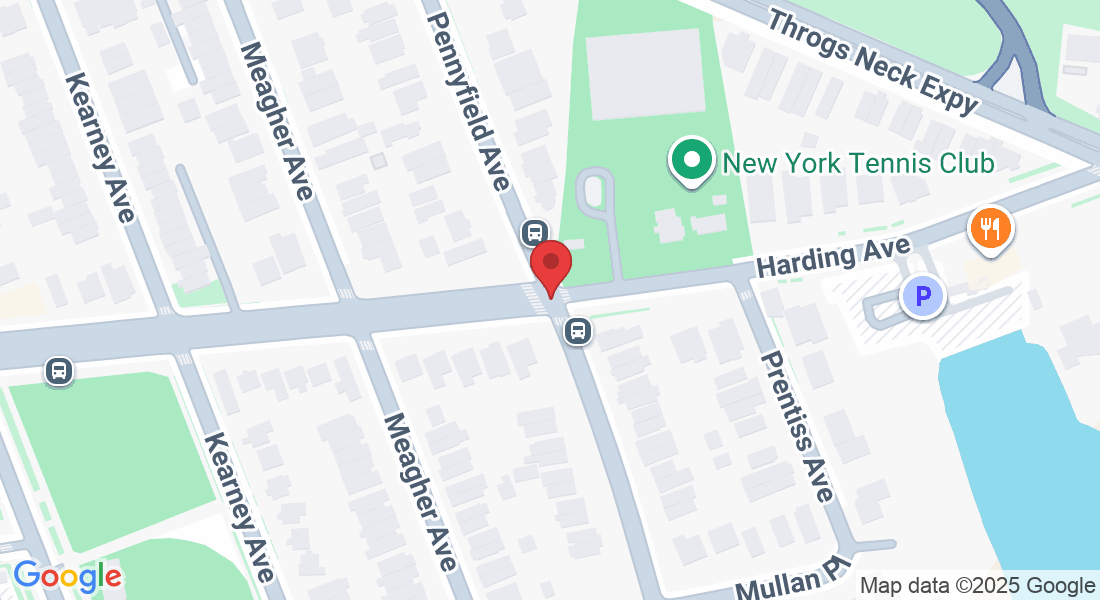
Use of Force Threat Pattern Recognition Instructor Course
PPCT Use of Force (Defensive Tactics) System
First subject control system developed through tactical, legal and medical research. Tactically, the system addresses the most common types of resistance officers encounter, allowing the instructor to maximize training on job related techniques. Legally, the PPCT System teaches a simple use of force continuum that clarifies the appropriate force level for every level of
resistance. Medical research was conducted on every PPCT technique to refine technique efficiency and to ensure the medical implications were proportional to the level of resistance.
Course Goals:
To examine survival learning research in an effort to enhance survivability in combat situations
To instruct a subject control system that is compatible with the effects of survival stress.
To teach a subject control system based upon the four most common types of resistance.
To refine student technique to the instructor level.
To teach instructional methods designed to enhance a student’s ability to learn survival techniques, increase his/her confidence level, and assist in the successful application of physical techniques.
Course Topics:
Threat Pattern Recognition
This section is being provided to give a foundational understanding of the problem; which is officers losing gun fights; an understanding of why the problem exists, action always beats reaction; and the science behind why time and getting ahead of the reactionary curve is the answer to saving lives, police and civilian; and in
defending the truth of what really is occurring in these tragic incidents. The information contained in this section will provide a foundation to understanding why and how the strategies and tactics of the Threat Pattern Recognition program work.
Instructor Development and Training Protocols
This chapter reviews instructional methods designed to enhance a student’s ability to learn survival techniques, increase is/her confidence level, and assist in the successful application of physical techniques. This chapter introduces PPCT training protocols, certification procedures, course protocols, and classroom safety concerns.
Use of Force Human Factors
This chapter examines survival stress research and provides students with information that will enhance their
survivability in combative situations and recommendations regarding issues related to critical incident management.
PPCT Control Principles
This chapter introduces the basic training principles that form the foundation on which all PPCT training systems are based. Topics discussed include components of acceptability, the PPCT Resistance/Control Continuum, common types of resistance, principles of controlling resistive behavior, survival reaction time, the reactionary gap, and tactical positioning.
PPCT Tactical Handcuffing System
This chapter presents the PPCT Tactical Handcuffing System, a highly effective process that emphasizes a
“commonality of technique” for application from the various handcuffing positions. Also discussed are the types of subjects students will encounter, the proper handcuffing grip, tactical considerations, handcuffing liability, handcuff selection and maintenance.
Escort Position and Joint Lock Control
This chapter provides students with the skills and knowledge required to control escort position resistance and teaches techniques for follow-up control. It examines the most common forms of escort position resistance, joint locks, and follow-up control techniques.
Pressure Point Control Tactics
This chapter teaches students how to effectively and justifiably utilize pressure point control tactics for subject
control. Topics include methods of application, nerve motor point locations, and use of force considerations.
Defensive Counterstrikes
The defensive counterstrike chapter provides students with the skills and knowledge required to not only determine when it is appropriate to strike a subject, but to deliver the strike effectively as well. Topics include the tactical methodology of PPCT counterstrikes, defensive stances and blocks, and counterstrikes with the hands and legs.
PPCT Impact Weapon System
This chapter presents the PPCT Impact Weapon System, a highly effective process that targets the PPCT nerve motor points. It examines the legal considerations of the PPCT nerve motor point system, and blocking and striking techniques.
Have Questions?
Get In Touch
Email: [email protected]
School Address
2301 Yates Avenue, Bronx, NY 10469
Mailing Address
P.O. Box 91, Throggsneck Station, Bronx, NY 10465
Classes:
Tuesdays 7:00 - 8:30 pm
Saturdays 10:00 - 12:00 pm
Phone Number:
